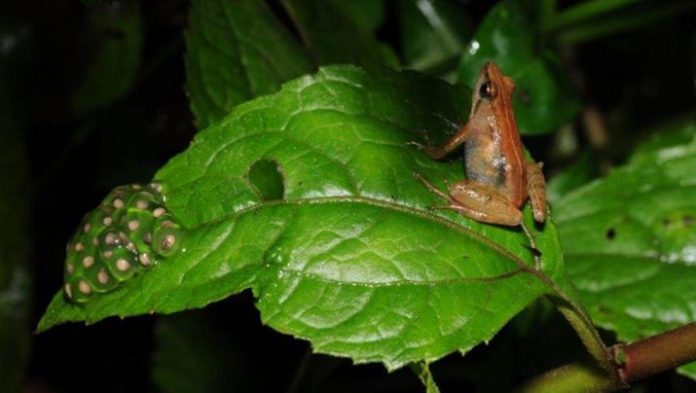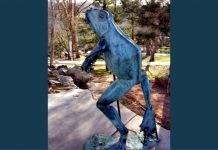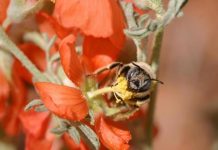
Feb. 15 (UPI) — Biologists have discovered a new species of frog living among the forests on a remote mountain in Ethiopia. The small frog’s home is one of the country’s last undisturbed forests.
Scientists named the new frog species Phrynobatrachus bibita sp. nov.. The amphibian belongs to a group called Ethiopian puddle frogs. DNA analysis confirmed the species is genetically distinct from its closest puddle frog relatives.
Human development has impacted wildlife throughout Ethiopia, but the southwestern corner of the country hosts several pockets of remote wilderness. Bibita Mountain is one of the most remote pockets.
“Untouched, isolated, and unexplored: it had all the elements to spike our interest,” Jacobo Reyes-Velasco, a postdoctoral researcher at New York University who led some of the earliest expeditions into Bibita’s wilderness, said in a news release. “We tried to reach Bibita in a previous expedition in 2016 without success. Last summer, we used a different route that brought us to higher elevation.”
During the most recent trips, researchers collected several puddle frog specimens, which helped scientists accurately describe the new species in the journal ZooKeys.
The new frog species boasts a slender body with long legs, as well as long, thin fingers and toes. The collected specimens appeared golden or light brown.
“When we looked at the frogs, it was obvious that we had found a new species, they look so different from any Ethiopian species we had ever seen before!” said NYU researcher Sandra Goutte.
Tissue samples allowed scientists to conduct genetic analysis, which confirmed the species’ uniqueness.
“The discovery of such a genetically distinct species in only a couple of days in this mountain is the perfect demonstration of how important it is to assess the biodiversity of this type of places,” said lead researcher Stephane Boissinot. “The Bibita Mountain probably has many more unknown species that await our discovery; it is essential for biologists to discover them in order to protect them and their habitat properly.”





